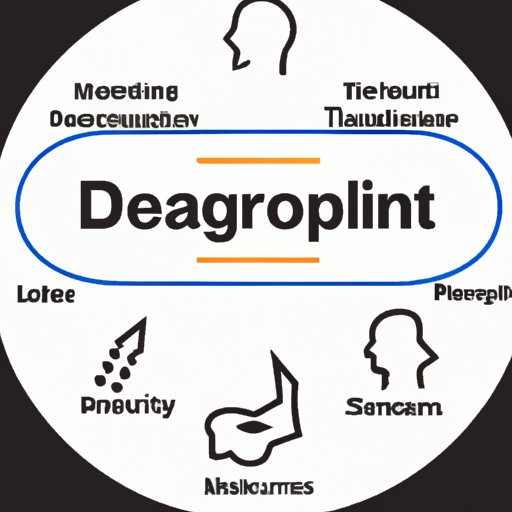Introduction
Leadership has been defined as “the process of influencing others to understand and agree about what needs to be done and how it can be done effectively” (Northouse, 2016). It involves motivating, inspiring, and empowering people to achieve organizational objectives. The question of whether leadership is an art or a science has been debated for years, with proponents of both perspectives making compelling arguments for their views.

Researching the Different Perspectives on Leadership: Art vs. Science
The debate over whether leadership is an art or a science hinges largely on the idea that a leader must have certain qualities and skills that cannot be taught. Those who believe leadership is an art argue that it requires innate talents such as vision, charisma, intuition, and creativity. They further suggest that these traits are not easily learned, but rather are inherent in some people and cannot be acquired through formal training or education.
On the other hand, those who view leadership as a science point out that certain qualities and skills can be taught and developed over time. They contend that effective leaders need to be knowledgeable and analytical, and possess strong problem-solving and decision-making abilities. Furthermore, they suggest that these qualities can be learned through experience, coaching, and formal education.
It is important to consider the impact of different leadership styles on team performance. A study conducted by the Harvard Business Review found that team effectiveness is enhanced when leaders use a combination of directive and supportive behaviors (Chen et al., 2011). Directive behaviors involve providing direction and guidance, whereas supportive behaviors involve encouraging collaboration and building relationships. The study concluded that leaders who use both approaches are better able to motivate their teams and achieve desired outcomes.
Exploring the Benefits of Combining Art and Science in Leadership
The best way to approach the debate on leadership is to recognize that both art and science are important elements of successful leadership. Research suggests that effective leaders need to have both hard and soft skills in order to be successful. Hard skills include analytical thinking, problem solving, decision making, and technical knowledge, while soft skills involve communication, interpersonal relationships, and emotional intelligence.
Organizational success is largely dependent on the ability of leaders to understand and utilize both art and science. A study conducted by the Center for Creative Leadership found that organizations with leaders who combine hard and soft skills have higher levels of performance than those with leaders who focus solely on one or the other (Bersin, 2012). This indicates that leaders should strive to develop both their analytical and creative capabilities in order to be successful.
Leadership development is also key to achieving organizational success. Different approaches to leadership development can be used to help leaders learn and hone their skills. These include experiential learning, mentoring, and executive coaching. Each of these methods has its own strengths and weaknesses, so it is important to determine which approach is most appropriate for a given situation.

Understanding the Necessity of Leadership Training for Effective Leaders
Leadership training is essential for effective leaders. Studies have shown that organizations with well-trained leaders perform better than those without (Mintzberg, 2014). Leadership training programs can help leaders improve their skills and become more effective in their roles. Programs typically focus on topics such as communication, motivation, conflict resolution, and decision making.
The need for ongoing leadership development should not be underestimated. Leaders must continually work to hone their skills and stay up-to-date on best practices. This can be accomplished through a variety of methods such as attending conferences and seminars, reading books and articles, and participating in online courses and webinars.
Conclusion
The debate on whether leadership is an art or a science is ongoing. While proponents of both perspectives make compelling arguments, it is clear that both art and science are essential elements of successful leadership. Effective leaders need to have both hard and soft skills in order to be successful, and they must continually work to hone their skills and stay up-to-date on best practices. Leadership training is essential for developing and honing these skills, and organizations should invest in ongoing leadership development to ensure their leaders remain effective.
(Note: Is this article not meeting your expectations? Do you have knowledge or insights to share? Unlock new opportunities and expand your reach by joining our authors team. Click Registration to join us and share your expertise with our readers.)
